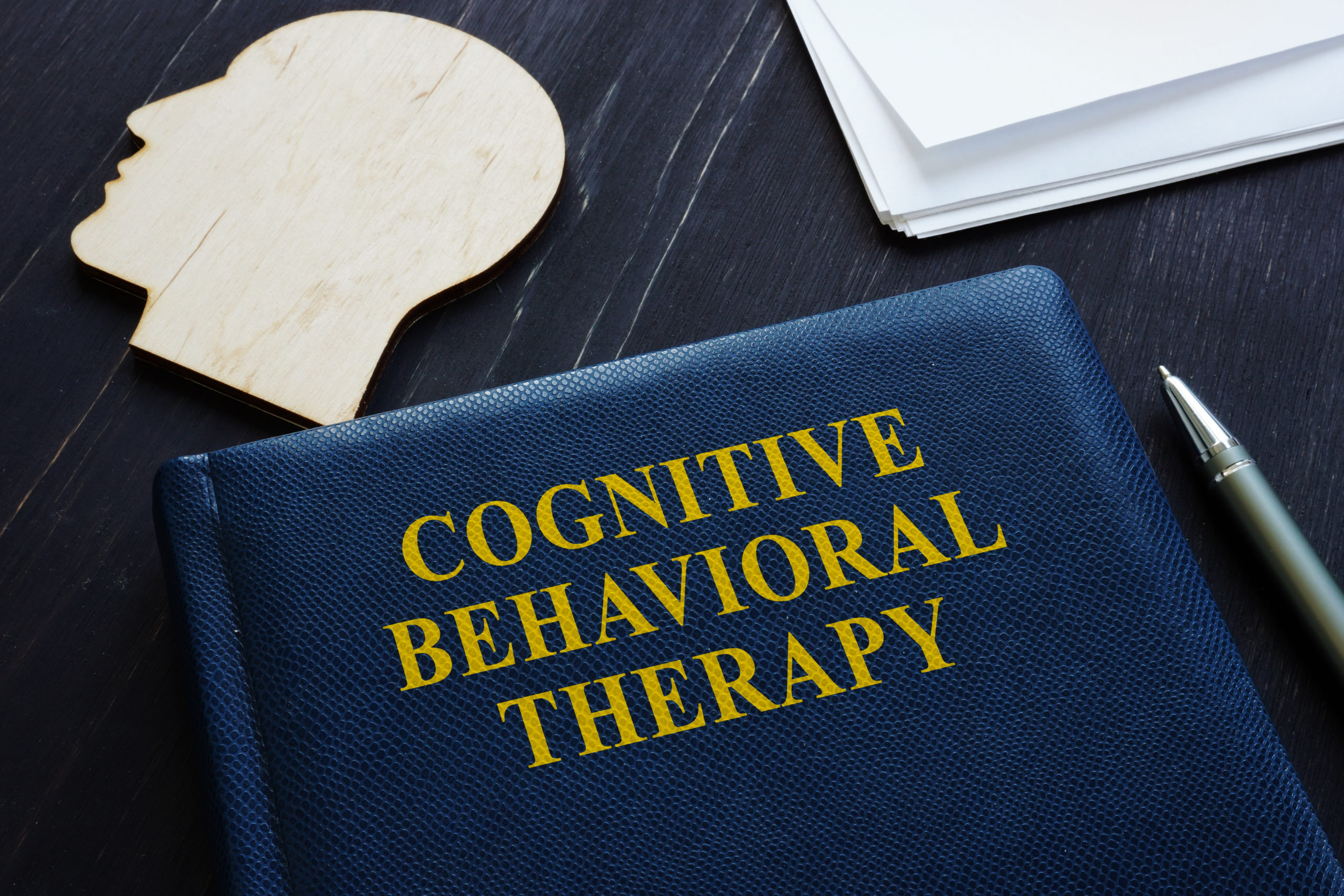COGNITIVE BEHAVIORAL THERAPY
WHAT IS CBT?
Cognitive-Behavioral Therapy, or CBT, is one of the strongest and most rigorously-tested psychological approaches for managing a wide array of conditions, including depression, anxiety, insomnia, anger, panic, and stress. CBT is a psychotherapy that focuses on the connections between our thoughts, emotions, and behaviors, and how they influence one another (“Cognitive” refers to our thoughts). Decades of research shows that CBT is one of the most effective treatments for a host of difficulties, including depression, anxiety, anger management, insomnia, among others.

HOW DOES IT WORK?
CBT teaches you to recognize how your thoughts, emotions, and behaviors influence each other. After building this awareness, CBT teaches you how to challenge thought patterns that are particularly unhelpful to you. With continued practice recognizing and challenging thoughts that are unhelpful, you are able to learn more helpful ways of thinking, make positive steps in your life, and feel better. This specific therapy also allows for greater insight into the root causes of these unhelpful thought patterns so that you are more easily able to identify them in any situation.
When we are depressed or anxious, we typically have unhelpful, irrational, and often negative thoughts about ourselves, the future, and/or the world. These thoughts usually make us feel more depressed or anxious and make us behave in ways that make us feel even worse, such as isolating ourselves. These types of thoughts seem to occur automatically without us even realizing it. Sometimes you don’t even notice that you have had a thought, you just feel angry or frustrated after a triggering event. CBT helps us to notice and identify automatic thoughts that are upsetting, challenge them, and create a more realistic, balanced perspective of situations in our lives.
WHAT CAN I EXPECT WITH CBT?
- You will learn how to re-engage in activities that you used to enjoy.
- You will learn to recognize the connections between your thoughts, feelings, and behavior.
- You will learn how to identify and challenge unhelpful automatic thoughts in order to take control of your symptoms.
NOTES ABOUT CBT
CBT emphasizes collaboration and participation: CBT is most effective when you take an active role in defining goals and deciding how to best move toward them. Therapists bring expertise about specific techniques, but collaboration between client and therapist is essential to tailor the techniques to your individual and unique needs.
CBT aims to teach you how to “be your own therapist” and emphasizes relapse prevention: By practicing skills that you learn in therapy, you learn how to apply them to your own life, even with new challenges that may arise in the future. CBT is one of the most effective treatments at maintaining progress that you make for the long-term. By understanding the sources of your distress, you are better prepared to identify signs of a relapse and put into place a plan that helps alleviate your distress. This is why relapse rates for CBT are lower than for medication only. It is essential that you continue to practice the new habits you learn from CBT in order for your skills to stay sharp.
CBT is structured and time-limited: In a typical CBT treatment, sessions build off of each other and follow a consistent structure. Consistent elements may include setting the agenda for the session, starting with a review of practice between sessions, and planning for how to practice material learned in session thereafter. Part of what makes CBT so effective is it’s highly organized and structured approach. Also, CBT is effective at providing relief in a short period of time. For example, a typical treatment program for depression is approximately 12-20 sessions. Problems related to anxiety and phobia typically take anywhere from 6-12 sessions; insomnia and chronic sleep problems can be effectively treated in 4-8 sessions.
CBT teaches many skills: Through CBT, you build a vast array of techniques and tools to manage your symptoms. Some of these tools include relaxation training, grounding exercises, behavioral activation, cognitive restructuring, exposure, and meditation. Through CBT, you learn which techniques are most effective for you and how to successfully apply these techniques in your life.
Take charge of your thoughts and emotions with Cognitive Behavioral Therapy at Psychological Healing. Our Therapist Arizona provides personalized strategies to help you manage anxiety, depression, and stress effectively. Whether you’re looking for an Aetna Therapist or United Healthcare Therapist, we accept various insurance plans to make care accessible. With expert guidance, you’ll gain practical tools to reshape negative thinking patterns and build resilience. Start your journey to a healthier mind today—schedule an appointment with a skilled CBT therapist now.
